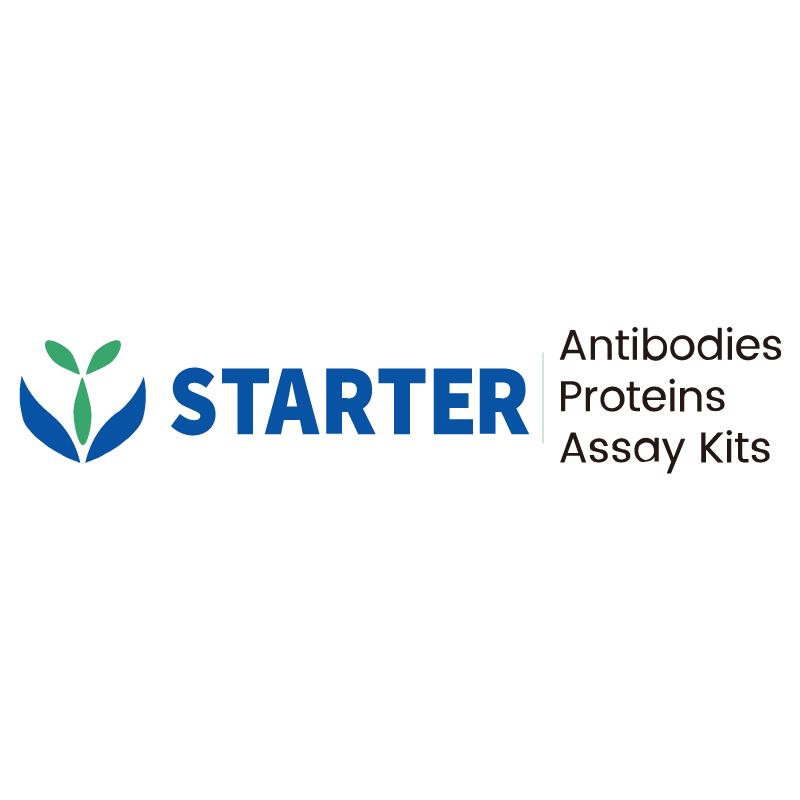Product Details
Product Details
Product Specification
| Host | Rat |
| Antigen | CD155 |
| Synonyms | Poliovirus receptor; D7Ertd458e; Pvr |
| Location | Membrane |
| Accession | Q91WP1 |
| Clone Number | S-R720 |
| Antibody Type | Rat mAb |
| Isotype | IgG2a,k |
| Application | FCM |
| Reactivity | Ms |
| Purification | Protein G |
| Conjugation | FITC |
| Physical Appearance | Liquid |
| Storage Buffer | PBS, 25% Glycerol, 1% BSA, 0.3% Proclin 300 |
| Stability & Storage | 12 months from date of receipt / reconstitution, 2 to 8 °C as supplied |
Dilution
| application | dilution | species |
| FCM | 5 μl per million cells in 100μl volume |
Background
CD155, also known as Poliovirus Receptor (PVR) or Necl-5, is a type I transmembrane glycoprotein belonging to the nectin and nectin-like protein family. It is widely expressed in various tissues and is involved in multiple cellular processes. Structurally, CD155 consists of three extracellular immunoglobulin-like domains (D1-D3), with D1 being the domain recognized by the poliovirus. This protein plays a crucial role in the establishment of intercellular adherens junctions between epithelial cells. In the context of cancer, CD155 is often overexpressed in tumor cells, where it promotes cell proliferation, adhesion, invasion, and migration. Additionally, CD155 interacts with several immune receptors, such as DNAM-1 (CD226), TIGIT, and CD96, to modulate immune responses. These interactions can either enhance antitumor immunity or contribute to immune evasion, depending on the specific receptor involved. Due to its complex roles in tumor progression and immune regulation, CD155 has emerged as a promising target for cancer immunotherapy.


